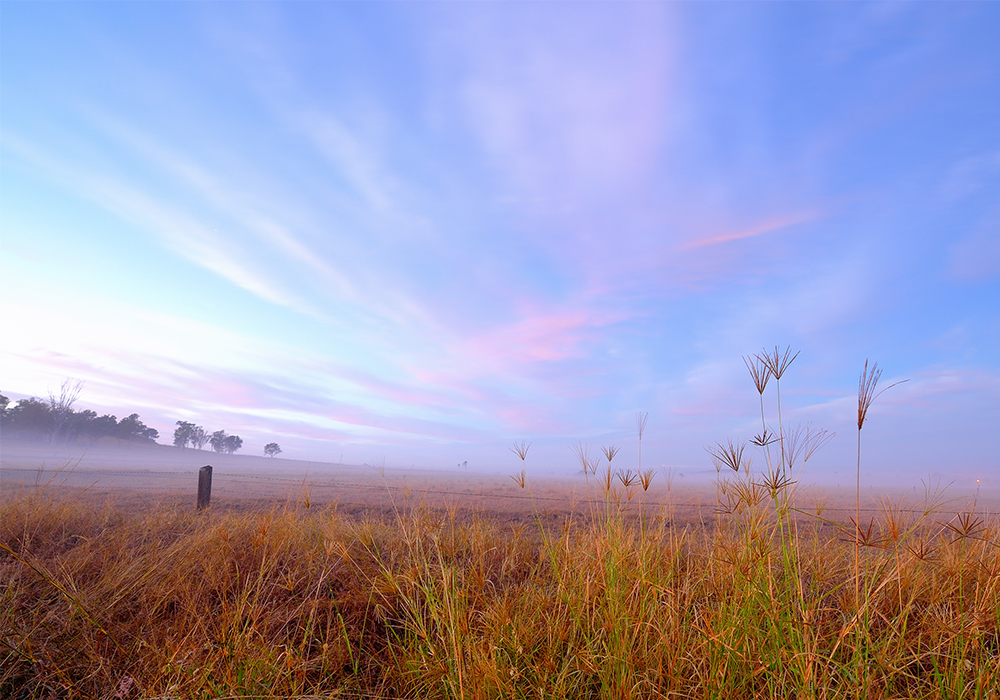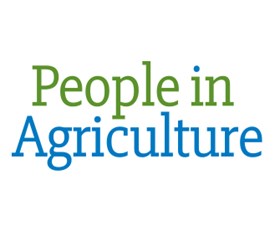Designing Farms for Land Health
8/2/2018
Christie Stewart wants to make a difference in the agricultural industry thanks to her childhood growing up on a farm. She holds a Bachelor of Landscape Architecture and plans to use her expertise to tackle some farming problems that farmers face.
Christie Stewart wants to make a difference in the agricultural industry thanks to her childhood growing up on a farm. She holds a Bachelor of Landscape Architecture and plans to use her expertise to tackle some farming problems that farmers face.She grew up on a family farm in the New Wongan Hills area. The farm produced chickpeas, wheat, barley, lupins and canola. It was set on a property of 2156 hectares which helped Christie to develop a love for the freedoms that the outdoors had to offer. It was this farm that had a significant role in her choice to become a landscape architect.
Her family had to sell their farm back in 2012 due to ecological issues; this was a hard time for the entire family. She notes how she always thought they would be on the farm regardless of the continuing tough years. It sold while Christie was in the middle of her studies trying to attain her degree and while it was stressful, she used it to motivate her to move forward.
“When the farm sold, I still wanted to continue as I was in a unique position – landscape architectural design relies on creative thinking coupled with site analysis and I had accumulated 27 years of intimate knowledge of the place, along with knowledge passed down from my parents and grandparents,” she said.
“I couldn’t bear for this connection to evaporate, and I wanted to use it to set up a design framework to help other farmers in similar situations.”
She completed her degree in 2014 with first-class honours and gained some scholarships and awards while going through University. One of her best achievements was the HASSELL Travelling Scholarship – Robin Edmond award which she won in 2015. With this, she was able to travel down the Gondwana Link, a 1000km stretch of reclaimed native habitat on Australia's southwestern point, which contributed to the success of her honours research.
“Salinity and erosion were always problems, but if you don’t look at it closely you can just glance over it and accept the landscape as it is, whereas it’s a very altered landscape and not a healthy one,” Christie said.
She is still interested in taking on the issues of erosion and salinity with the creative angle of her landscape architecture degree. Since finishing University, she has been working at UDLA, Fremantle as a landscape architect. Ultimately Christie wants to do planning for an entire farm landscape that will help with the productivity of the produce and the health of the land, and by extension, improve the crops that are grown there.
Her focus will be on not just raising health but also enhancing the resilience of the land as well as increasing yields. She also wants to implement long-term practices to ensure the well-being of the soil and crops over time.
She notes that her project was successful, but she feels that it is just the tip of the iceberg and more research will be necessary.





